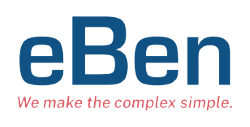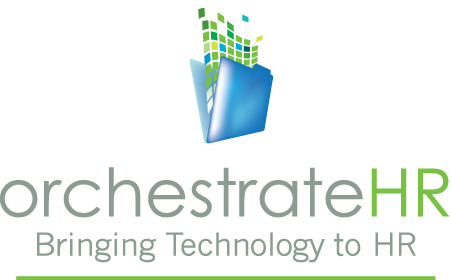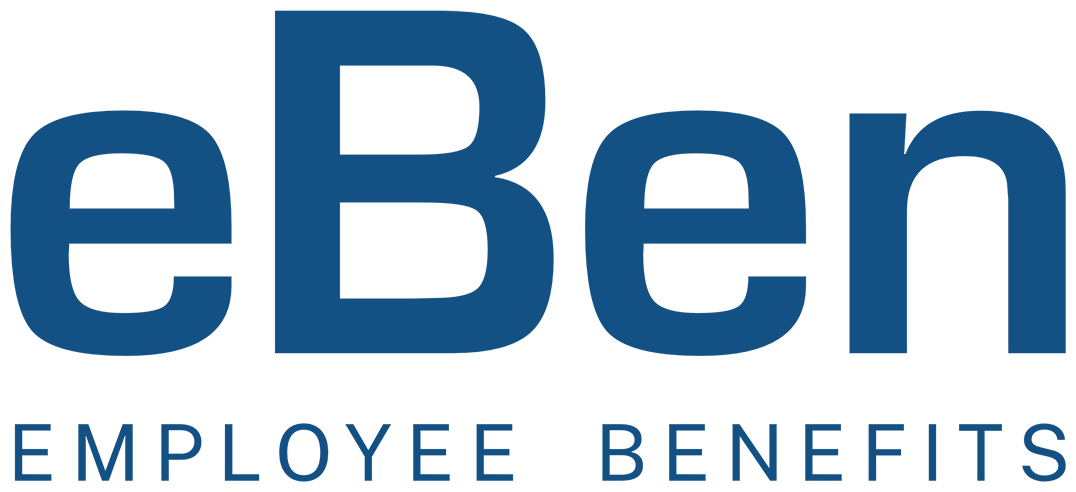Navigating Open Enrollment: Bridging the Gap Between In-Person and Virtual

In our post-pandemic era, many businesses now operate with a mix of in-office and remote work. As a result, employers are recognizing the importance of combining traditional in-person open enrollment with the convenience of virtual options.
Striking a balance to cater to both remote and in-office staff can be challenging. In-person enrollments enable immediate Q&A sessions, which benefit those with specific benefits considerations. Conversely, virtual methods, though relying heavily on digital content, offer employers cost savings and logistical ease.
Important Update: EEO-1 Filing Platform Opening on October 31, 2023
The U.S. Equal Employment Opportunity Commission (EEOC) has updated the schedule for 2022 EEO-1 filings. The opening date for the filing platform is now set for October 31, 2023, and all submissions must be completed by December 5, 2023.
Stay informed and compliant by understanding these new timelines. At eBen, we are here to help you navigate through these changes smoothly.
Anticipated Rise in 2024 Healthcare Expenses

Employers across the U.S. are gearing up for an anticipated 5.4% increase in healthcare costs in 2024, a reflection of high inflation and labor shortages within the healthcare sector. This projection, derived from Mercer’s National Survey of Employer-Sponsored Health Plans 2023, signifies the escalating pressure on health benefit costs due to prevalent economic conditions and industry dynamics.
Stay Informed: Key Deadlines and Changes Affecting Your Benefits
- Adjustments to ACA Affordability Rates for 2024
- Marketplace Open Enrollment
- Medicare Open Enrollment
- Family Glitch & Plan Renewals
Employee Benefits, Simplified: Question of the Month

QUESTION:
What exactly is the “death spiral” in the context of health plans?
ANSWER:
The “death spiral” in health plans refers to a situation where insurance premiums keep rising rapidly. It starts when more high-cost individuals join a plan, causing insurance companies to raise premiums. As these premiums rise, healthy people opt out, leaving a larger portion of high-cost individuals. This leads to even higher premiums, causing more healthy individuals to leave, and the cycle continues.




